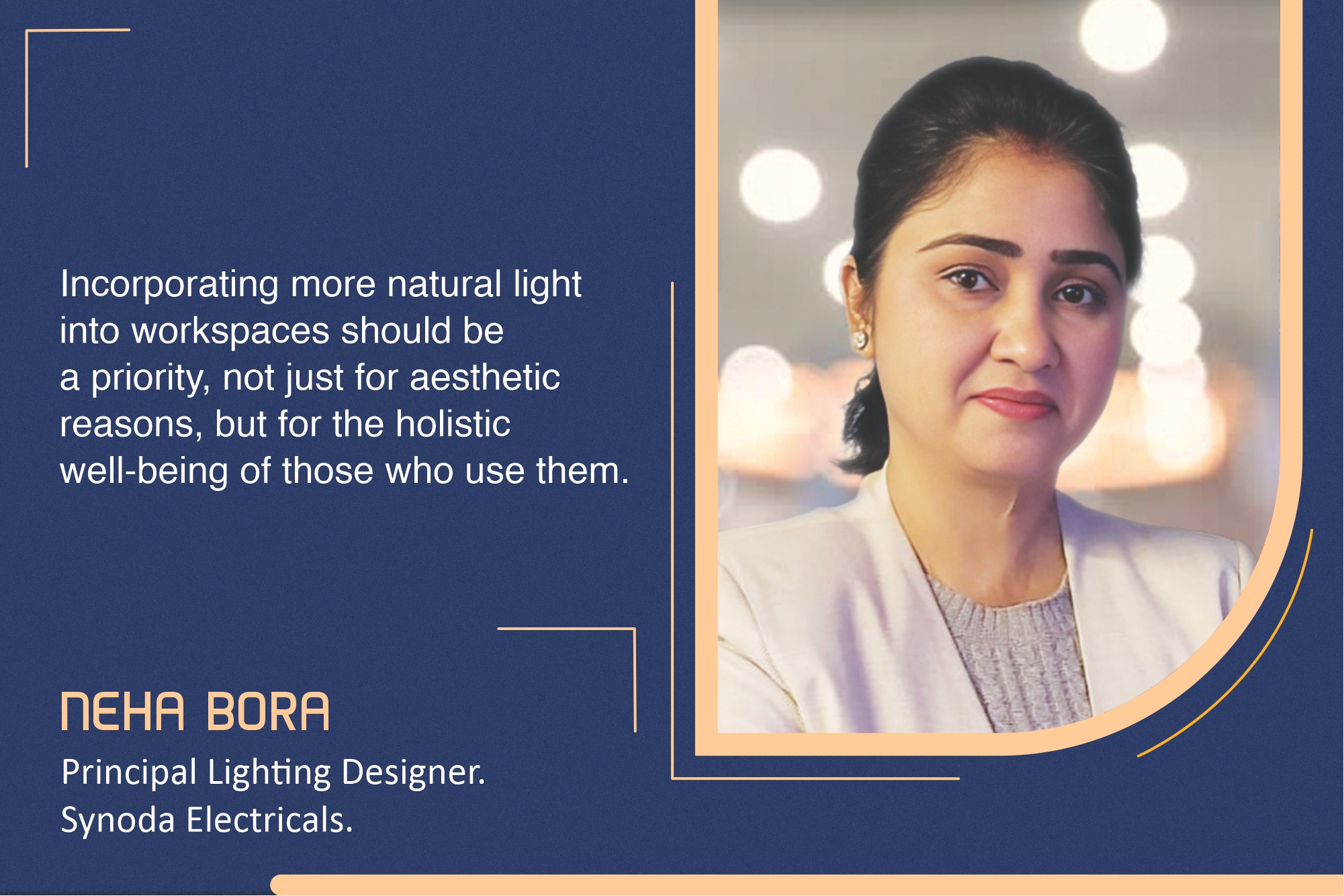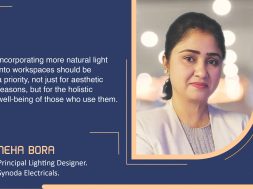Why is daylight integration important in roof lighting?

In this feature, Neha Bora elucidates how an ergonomically designed lighting system can facilitate optimal visibility and enhance overall well-being. She also outlines the best practices for designing skylights.
Light is a powerful wellness tool
It is important to view light as a powerful wellness tool rather than just a medium to see things. Light has the ability to influence everything from our skin to our brain chemistry. When used perfectly, light can enhance mood, boost productivity, and regulate sleep cycles.
Natural daylight is a cornerstone of health and wellness. However, many commercial and industrial buildings still suffer from poor lighting, often due to low-quality or poorly designed roof lights that allow only very little natural daylight to penetrate the interior. This lack of sunlight is a potential deterrent and can lead to fatigue, eye strain, and decreased focus.
Need for a well-designed roof lighting system in industrial spaces
A roof lighting system is a vital solution for industrial spaces. Integrating a roof lighting system into industrial buildings with large footfalls is a strategic investment that offers numerous benefits apart from aesthetic appeal; these include enhanced employee well-being and improved energy efficiency. Natural light, brought in through roof lights, reduces the need and reliance on artificial lighting, leading to substantial energy savings and lower operational costs.
A roof light system can come in various designs and styles, catering to different needs and architectural preferences. Beyond providing natural light, roof lights can often serve additional functions such as ventilation or access points to the roof. Their versatility makes them an excellent choice for enhancing both the functionality and aesthetics of a building.

What architects need to keep in mind?
In addition to the practical benefits, roof lights can greatly enhance the space’s aesthetic appeal. The natural light that they bring in helps create a connection between the indoors and the outdoors. This can make a space feel more open, airy, and welcoming. Architectural designs should focus on roof lights as a feature to create a visual focal point or add a unique character to a building. For example, skylights or roof light systems with multiple panels can create dramatic lighting effects and highlight key architectural features of a building.
The most effective method of providing even, consistent daylight, particularly in large buildings, is through roof lighting; it can be up to three times more efficient than windows of similar area. Diffusing materials should be used wherever possible to provide even light distribution and avoid glare. Wall glazing may be less effective than roof lighting and can create internal shadows and dark corners.
Key considerations while designing skylights include understanding their purpose and function, selecting the right location/orientation of the skylight, choosing the correct type of skylight (fixed skylights, tubular skylights, curb-mounted skylights, dome skylights, etc.), selecting the right glazing and materials, and waterproofing and flashing. A common guideline is to design 5-15 percent of the total floor with skylights, taking into account the interior design and energy efficiency aspects.
For more information, visit: https://www.synodalighting.in/
Cookie Consent
We use cookies to personalize your experience. By continuing to visit this website you agree to our Terms & Conditions, Privacy Policy and Cookie Policy.







